 Research Update
Research Update
15
JanOn 14th January, the Beijing Academy of Development and Strategy of RUC held the news conference and panel discussion of the smog reduction policy assessment in Beijing-Tianjin-Hebei region. During this conference, the BADS released the theme research report on smog reduction. The report gave an analysis on scientific knowledge of smog pollution, the features of atmosphere environmental pollution in Beijing-Tianjin-Hebei region, and provided strategic and practical advice for policy-making.
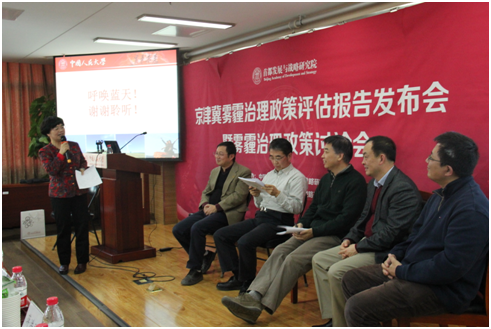
Professor Ye Yumin, researcher at the Beijing Academy of Development and Strategy of RUC and director of the academic committee of the School of Public Management presided the conference. Shi Minjun, researcher at the Beijing Academy of Development and Strategy of RUC and professor at the School of Economics released the report. Joined the panel discussion were Professor Xun Jintao, from the National Academy of Development and Strategy of Beijing University; Professor Chen Bin, from the School of Environment of Beijing Normal University; Wu Weizheng, Deputy Director of the economic and social department at China Daily and Professor Wang Hua, from the School of Environment at RUC.
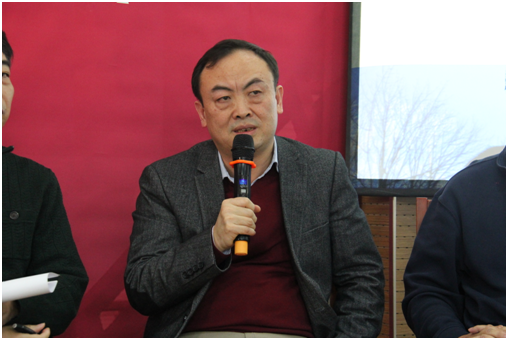
Professor Xu Jintao acknowledged the conclusion of Professor Shi Minjun’s report that human efforts was not enough for smog reduction. Professor Xu believed that the government had made some efforts in this regard, taking the introduction of emission reduction policies like “The 10 measures for atmospheric pollution prevention and control” as an example. It is important to make reasonable and scientific emission goals, but the problems lie in the implementation process. Therefore, the pollution control goal should be set on the foundation of the mechanism analysis. From the perspective of economics, the environmental protection and emission mitigation goal should take social cost and human behavior into consideration. If the social cost is too high, there will be jerry-build work and even public protests. There will be little effect on emission reduction. Besides, the government has rolled out various measures to improve the environment, such as odd-even car restrictions, high-polluting companies shut-down and others. These measures have not been carried out in some regions and thus casting negative impact on goals achievement.
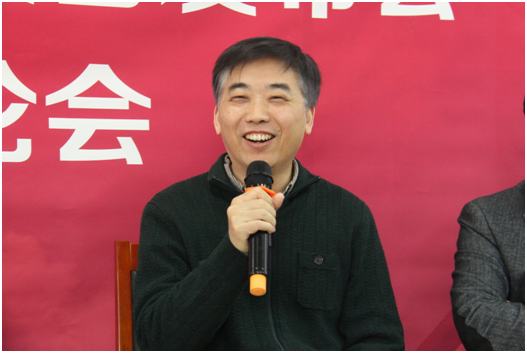
Professor Wang Hua said that we need to improve our environment with natural and technological science. We should also pay attention to three technical aspects when combining natural science and economics. The first is to enlarge research tools. As air humidity, apart from air polluting density, has an impact on statistics result, so the research results will be more sophisticated with air humidity taken into consideration. The second is to enrich model variety. The conclusion will not be convincing to rely solely on the statistics of pollutant emission, so we can add management-related varieties to improve the results. For instance, beside the utility rate of coal power and furnace, vehicle utility rate can be added into the model so that we can get the car restrictions that help emission reduction. The third is the combined study of time and space. On the basis of the time unit “day”, we can improve accuracy combining the geographical information system GIS. In terms of environmental policies, Professor Wang also expressed his concerns over the policies in Beijing-Tianjin-Hebei regions in the following three aspects. Firstly, there is a lack of management measures, standards, legislation and law enforcement. The compulsory conduct by government department without specific regulation to guide will not play the expected role. Secondly, the social cost of policy goals is so high that it is difficult to reach expected results. That’s why we need comprehensive and low-cost economic means as the basic guarantee. Thirdly, the publicity of environmental social science and public participation of environmental protection are also relatively low. If the public does not get enrolled in the global environmental issues, things cannot be done. Professor Wang also suggests to expand environmental credit rating and establish a dialogue platform for pollution-makers, victims, media and also NGOs. This will bring effective, low-cost and efficient solutions for environmental issues.
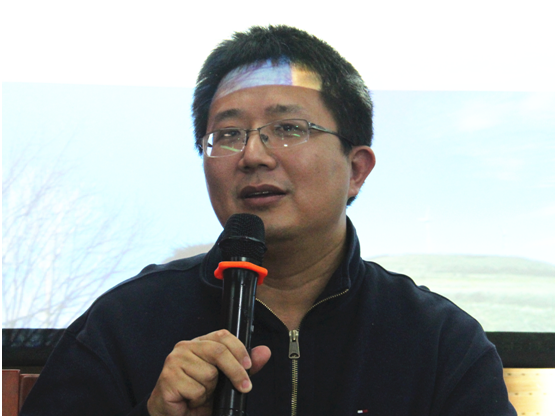
While acknowledging the report conclusion, Professor Chen gave three suggestions which are the following: 1. the report gets rid of the false data and reserve the facts and gist. To fully separate the efforts coming from nature and human could help erase the misunderstanding of the public toward smog reduction. 2. It is vital to transfer the control strategy. The frequency of severely polluted weather should substitute the annual pollutant concentration and become the goal of control strategy. The real cost is the impact of highly polluted weather on people’s health. 3. Professor Chen also suggested to define the potential economic loss caused by industrial structural policies as “economy cost”, accompanied with the impact of smog on people’s health, the cost of disease prevention so as to get the balance point, which can help to improve industrial structure on the one hand, and benefit people’s health on the other.

Deputy Director Wu also spoke highly of the report and said that the root cause of air pollution is the tremendous pollutant emission. He also stressed the mission of media to convey the voice of science and rational information, expressed his hope that relevant experts could initiate their ideas through media while focusing on their research.

Professor Shi, author of “Assessment Report on Smog Reduction Policies in Beijing-Tianjin-Hebei Region”, gave a brief comment on the current research. Firstly, this report release is just a start of research and the following cost analysis, data update, model improvement and element selections are to come. Secondly, although the current report has high accuracy in its anticipation, there is still room for improvement. He hoped to cooperate with more experts and do a better job. As academic research and scientific probe are infinite journey, experts and also media friends are welcomed to join the research team.
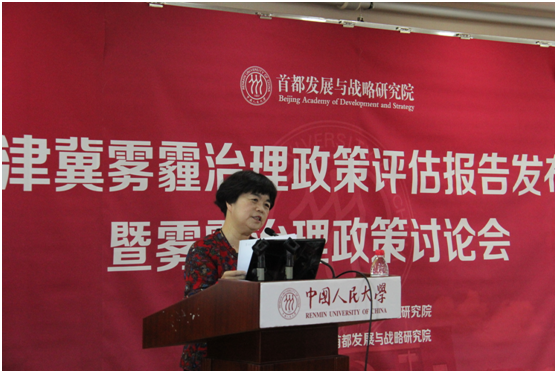
The presider Professor Ye not only agreed the value of the report and also spoke highly of it with the words like “impressive” and “reliable”. She regarded capacity to promote regional and industrial growth as the core. If the regional companies don’t enhance their capacity to grow, temporary show-down will not solve the problem. For air pollution in Beijing-Tianjin-Hebei regions, one important solution is to improve the capacity of Hebei province, enhance the environment to accept green enterprises, and also the infrastructure of public service. The cooperation among these regions also plays an important role. Beijing and Tianjin can expand their financial budget to help improve the infrastructure of public service in Hebei province and enhance provincial capacity to attract green companies. This could form a beneficial economic cycle and gradually reduce the amount of emission.
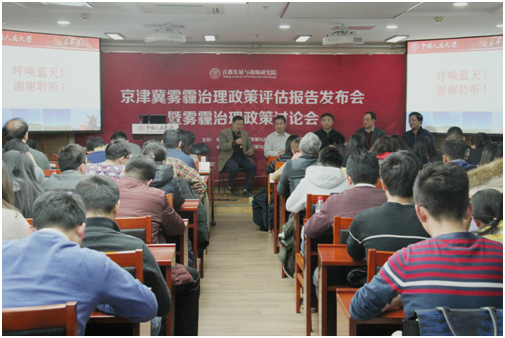
This news conference is one of the 2017 major events held by the Beijing Academy of Development and Strategy of RUC. Supported by RUC, the BADS is a trans-discipline, trans-school and comprehensive research institute, providing policy-making consultation for the Beijing government and relevant authorities.